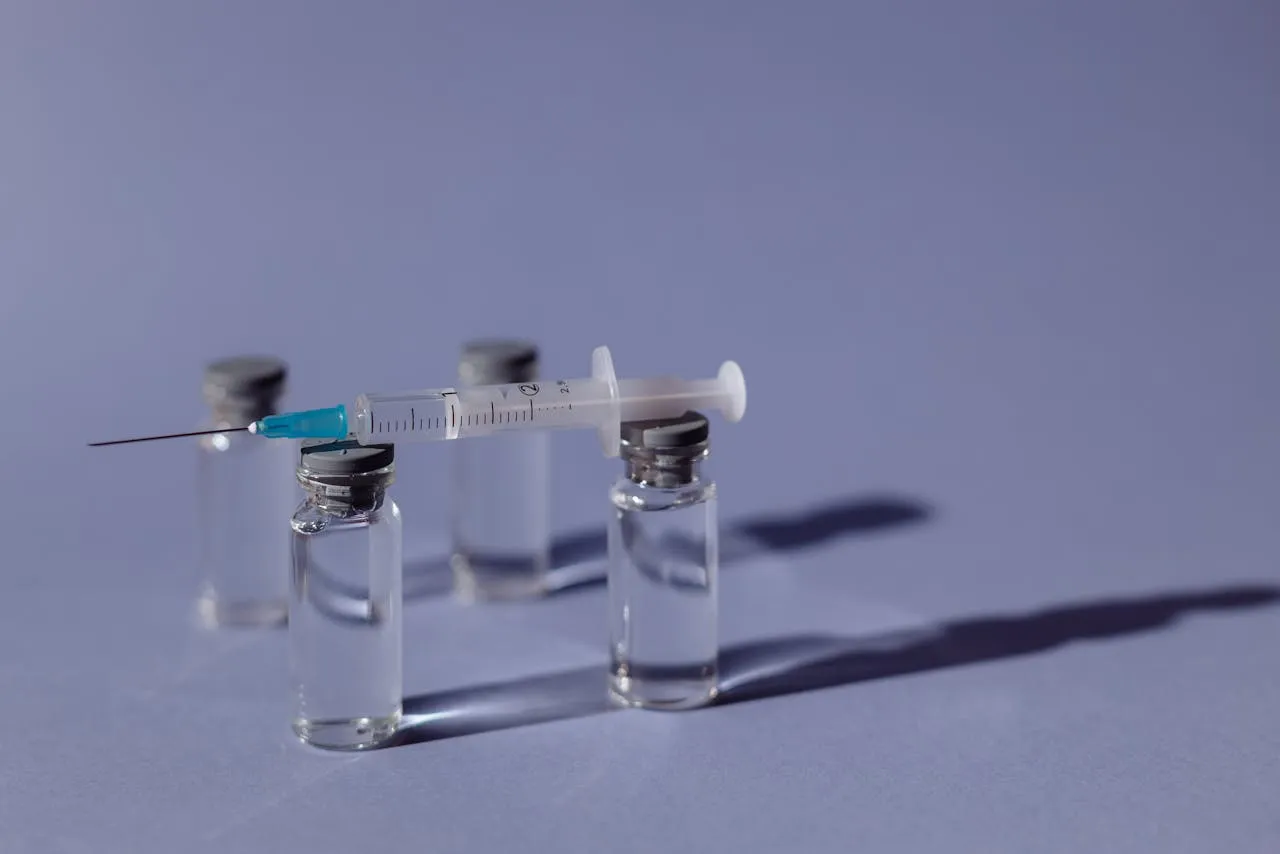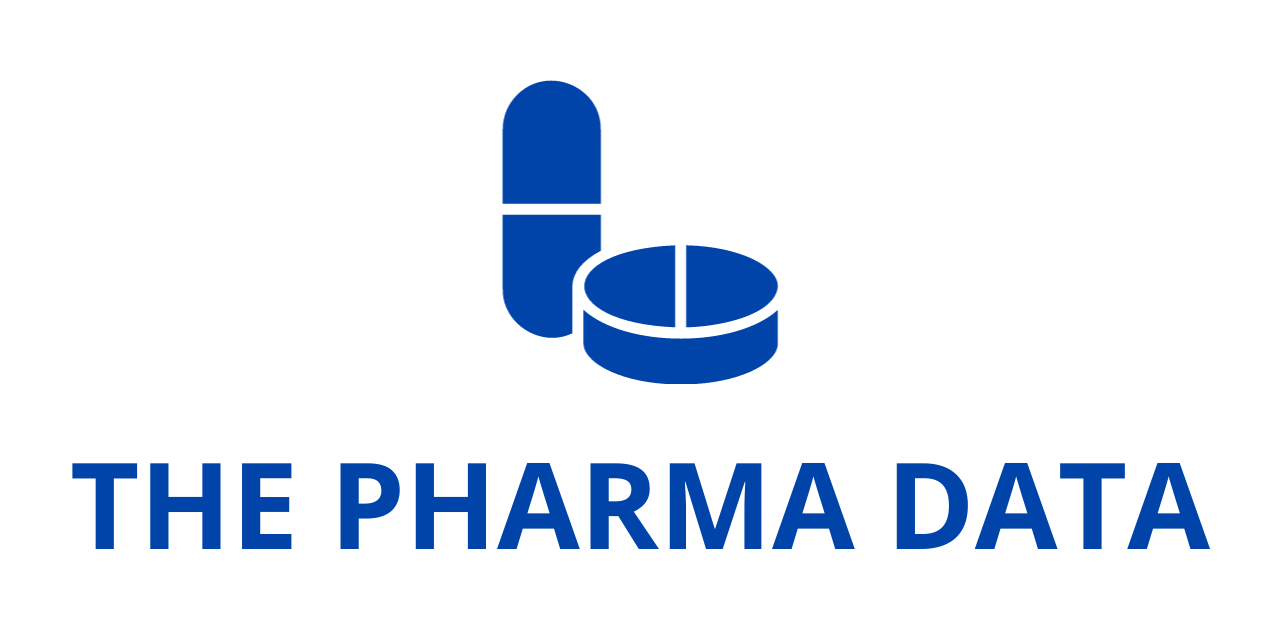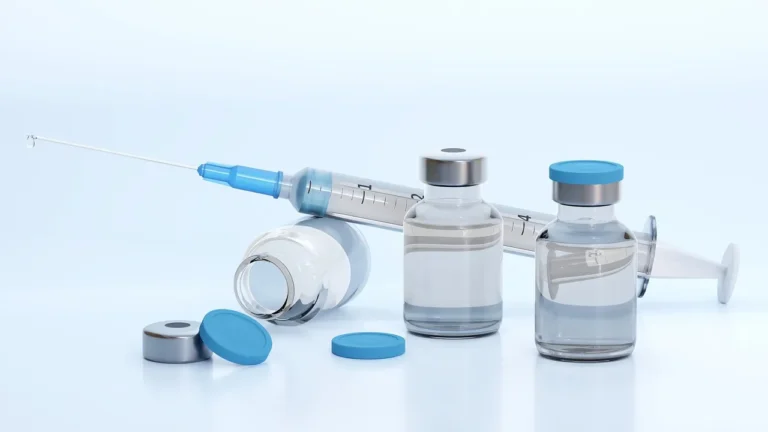
Merck Presents New Phase 3 Data on Investigational Two-Drug HIV Regimen Doravirine/Islatravir (DOR/ISL) Showing Minimal Impact on Weight, Body Composition, and Lipid Levels
Merck (NYSE: MRK), known as MSD outside the U.S. and Canada, announced new results from its Phase 3 clinical studies evaluating the once-daily oral, two-drug regimen of doravirine/islatravir [DOR/ISL (100mg/0.25mg)] in adults living with HIV-1 infection who had already achieved virologic suppression. The latest findings were presented at the 20th European AIDS Conference in Paris, building upon previously reported Phase 3 results from the 2025 Conference on Retroviruses and Opportunistic Infections (CROI).
The new data reinforce earlier evidence showing that DOR/ISL maintained viral suppression and demonstrated non-inferiority to standard three-drug regimens, while also showing minimal effects on weight, body composition, fasting lipids, and insulin resistance—important factors for the long-term management of people living with HIV.
Overview of the Trials
The new analyses come from two key Phase 3 studies: MK-8591A-052, which compared a switch from bictegravir/emtricitabine/tenofovir alafenamide [BIC/FTC/TAF (50 mg/200 mg/25 mg)] to DOR/ISL, and MK-8591A-051, which evaluated a switch from baseline antiretroviral therapy (bART) to DOR/ISL. Both studies focused on adults with virologically suppressed HIV-1 infection, assessing whether switching to the two-drug regimen could sustain viral suppression without negative effects on key metabolic and cardiovascular health markers.
Minimal Impact on Weight and Body Composition
In the MK-8591A-052 trial, participants who switched to DOR/ISL from BIC/FTC/TAF experienced minimal changes in weight and body composition after 48 weeks of treatment. These changes were comparable to those observed among participants who continued with their previous regimen.
Specifically, the mean change in body weight from baseline at Week 48 was –0.03 kg (95% CI: –0.54, 0.48) for DOR/ISL compared with +0.28 kg (95% CI: –0.32, 0.88) for BIC/FTC/TAF. The mean percent change in weight was 0.10% for DOR/ISL versus 0.39% for BIC/FTC/TAF. Furthermore, only 14.6% of participants in the DOR/ISL group had a ≥5% weight gain from baseline and 3.5% had a ≥10% weight gain, comparable to 16.0% and 2.5%, respectively, among those continuing on BIC/FTC/TAF.
Changes in lean body mass, trunk fat, peripheral fat, body mass index (BMI), and waist-to-hip ratio were also minimal and similar across both treatment arms. These findings provide reassurance to clinicians and patients concerned about weight-related changes often associated with some antiretroviral regimens.
“Weight and body composition are often central concerns for people living with HIV,” said Dr. Chloe Orkin, Dean for Healthcare Transformation at Queen Mary University of London. “The 48-week results from the DOR/ISL trial show minimal and comparable changes in these parameters, offering encouraging evidence for patients who may be worried about weight gain when switching therapies.”
No Clinically Meaningful Effect on Lipids or Insulin Resistance
Across both trials, participants who switched to DOR/ISL experienced no clinically meaningful changes in fasting lipids or in the homeostatic model assessment of insulin resistance (HOMA-IR)—key markers linked to cardiovascular and metabolic health.
Mean changes in total cholesterol, HDL, LDL, and triglycerides were minimal and comparable between DOR/ISL and the comparator regimens. Similarly, mean fasting insulin, glucose, and HOMA-IR values showed negligible variation across groups. Less than 5% of participants with type 2 diabetes required any change to their diabetes medication during the trials.
Rates of initiation or modification of lipid-lowering therapy were also low and balanced across all groups (DOR/ISL: 4.8%, BIC/FTC/TAF: 4.1%, bART: 5.9%). Participants on pre-existing lipid-lowering therapy were excluded from the fasting lipid analysis.
“Comorbid conditions like obesity and cardiovascular disease are increasingly important in the care of people living with HIV,” said Dr. Eliav Barr, Senior Vice President and Chief Medical Officer at Merck Research Laboratories. “We are pleased that switching to DOR/ISL demonstrated minimal effects on body composition and no clinically meaningful impact on fasting lipids, supporting the regimen’s favorable metabolic profile.”
Safety and Tolerability
The safety profile of DOR/ISL was consistent with prior studies. In MK-8591A-052, drug-related adverse events (AEs) occurred in 10.2% of patients on DOR/ISL and 9.4% on BIC/FTC/TAF, while treatment discontinuations due to drug-related AEs were identical (1.2% in both groups). Rates of serious or grade 3–4 AEs were also comparable between arms.
The most common AEs (≥6% in either group) were arthralgia, COVID-19, nasopharyngitis, and fatigue. One participant in the DOR/ISL group discontinued due to a drug-related serious AE (immune thrombocytopenia). There were also two instances of low-level hepatitis B viremia (HBV DNA <50 IU/mL) in the DOR/ISL group, none in the comparator group, and no evidence of clinical HBV reactivation.
Study Demographics and Design
In MK-8591A-052, 513 adults with HIV-1 who had maintained viral suppression for at least three months on BIC/FTC/TAF were randomized in a 2:1 ratio to either switch to DOR/ISL (n=342) or continue their existing therapy (n=171). The median age of participants was 47 years, with 21.4% assigned female sex at birth, 30.8% identifying as Black or African American, and 22.8% as Hispanic or Latine. The median duration of BIC/FTC/TAF therapy before enrollment was 3.4 years.
At Week 48, both treatment arms demonstrated comparable mean percent changes in total lymphocyte and CD4 counts, and discontinuations due to decreases in these counts were rare and identical between groups.
Regulatory Progress
Earlier this year, the U.S. Food and Drug Administration (FDA) accepted Merck’s New Drug Application (NDA) for the DOR/ISL combination. The FDA has set a Prescription Drug User Fee Act (PDUFA) target action date of April 28, 2026. If approved, DOR/ISL would offer adults with virologically suppressed HIV-1 infection a simplified, once-daily, two-drug oral regimen designed to maintain viral suppression while minimizing metabolic and lipid-related side effects.
The data presented at the European AIDS Conference further strengthen the evidence base supporting DOR/ISL as a potential next-generation HIV therapy that combines durable viral suppression with a favorable tolerability and metabolic profile.
For patients and healthcare providers, these findings underscore the importance of simplified treatment options that not only control viral replication but also address long-term health considerations, such as body composition, lipid balance, and insulin sensitivity—factors increasingly relevant in an aging population of people living with HIV.
As the FDA review continues, Merck’s ongoing commitment to innovation in HIV research remains focused on developing regimens that support lifelong management, quality of life, and cardiovascular health for people living with HIV worldwide.




